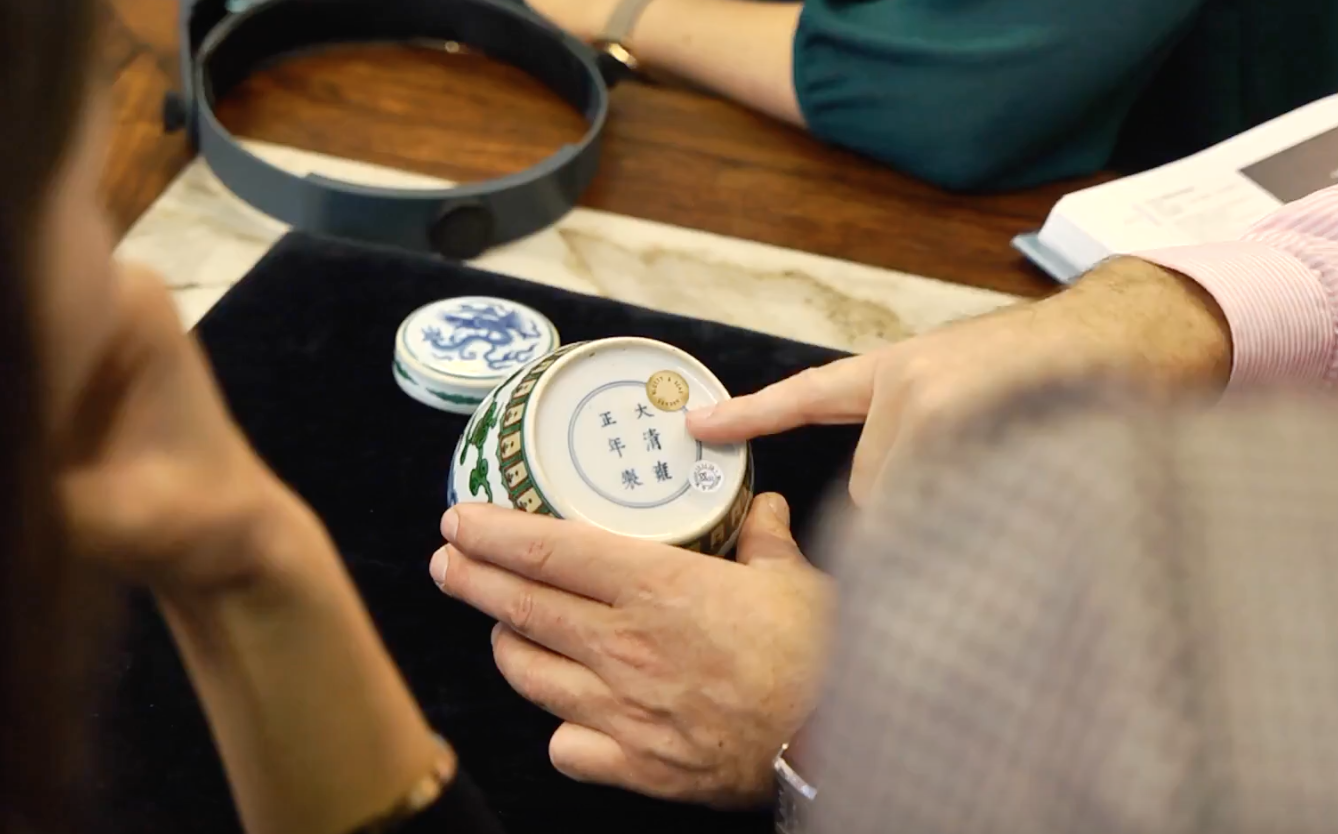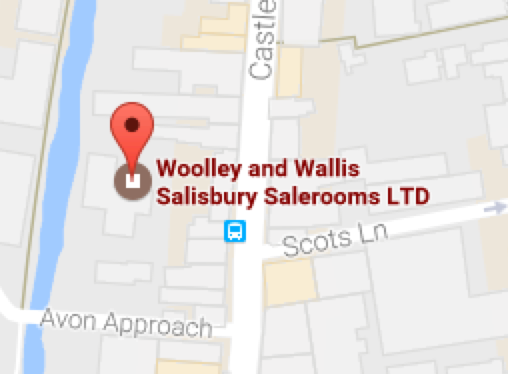Object of the Month - Cartier Bracelet
2nd January 2024“The jeweller of kings, and the king of jewellers” – so the Paris Cartier boutique was described by the Prince of Wales (later to become Edward VII) at the end of the 19th century.
His ascension to the throne and increased duties meant he could not frequent his favourite French jeweller as often, and so he begged the boutique to set up a premises in London. Thus English royalty influenced one of the best known names in jewellery design, and Cartier’s New Bond Street boutique (established in 1909) remains a prime shopping destination to this day.
Whilst the Paris boutique remained the flagship store for many years, the financial crash of the late 1920s brought London to the fore. During the late 1920s and 1930s, the city’s links to rest of the British Empire brought Cartier trade from across the world, and it is from this key period of Cartier’s history that our Object of the Month dates from.
This diamond bracelet (totalling 20 carats) exemplifies the Art Deco movement in its bold geometric style, but also nods towards an Indo-Persian inspiration, suggesting that it might have been made to tempt one of the many wealthy Indian clientele who shopped in London.
The pavé set bracelet centres around five Asscher cut diamonds. The Asscher cut was introcued in 1902 but came into its own during the Art Deco movement, and was favoured by Cartier especially for pieces of the highest quality. The cut is unforgiving in the way it shows flaws and so requires a high clarity and excellent colour of stone, especially with diamonds over 1.5 carats. Joseph Asscher, who invented the style of cut, was responsible for cutting some of the world’s largest and most famous diamonds; including the Cullinan (which forms part of the British Crown Jewels).
Sublime in its decadence but still eminently wearable, the bracelet recalls a time of debutantes, London society and courtly living. It features in Day Two of our Fine Jewellery auction and carries a pre-sale estimate of £40,000 to £60,000.



